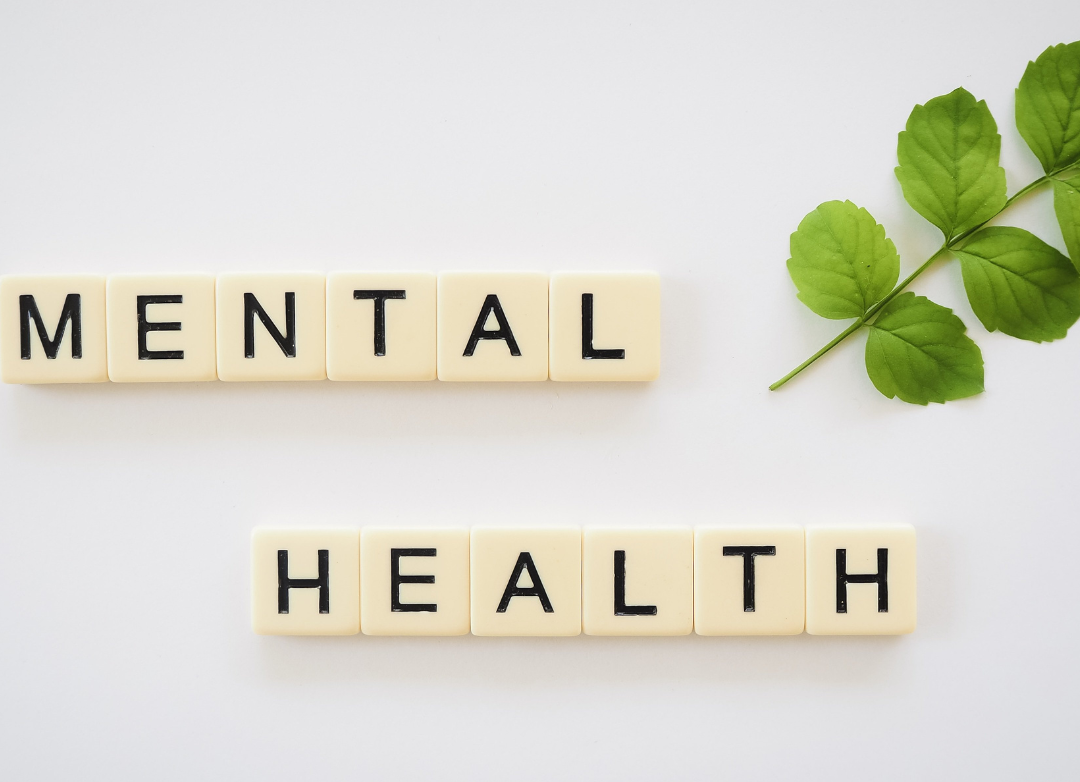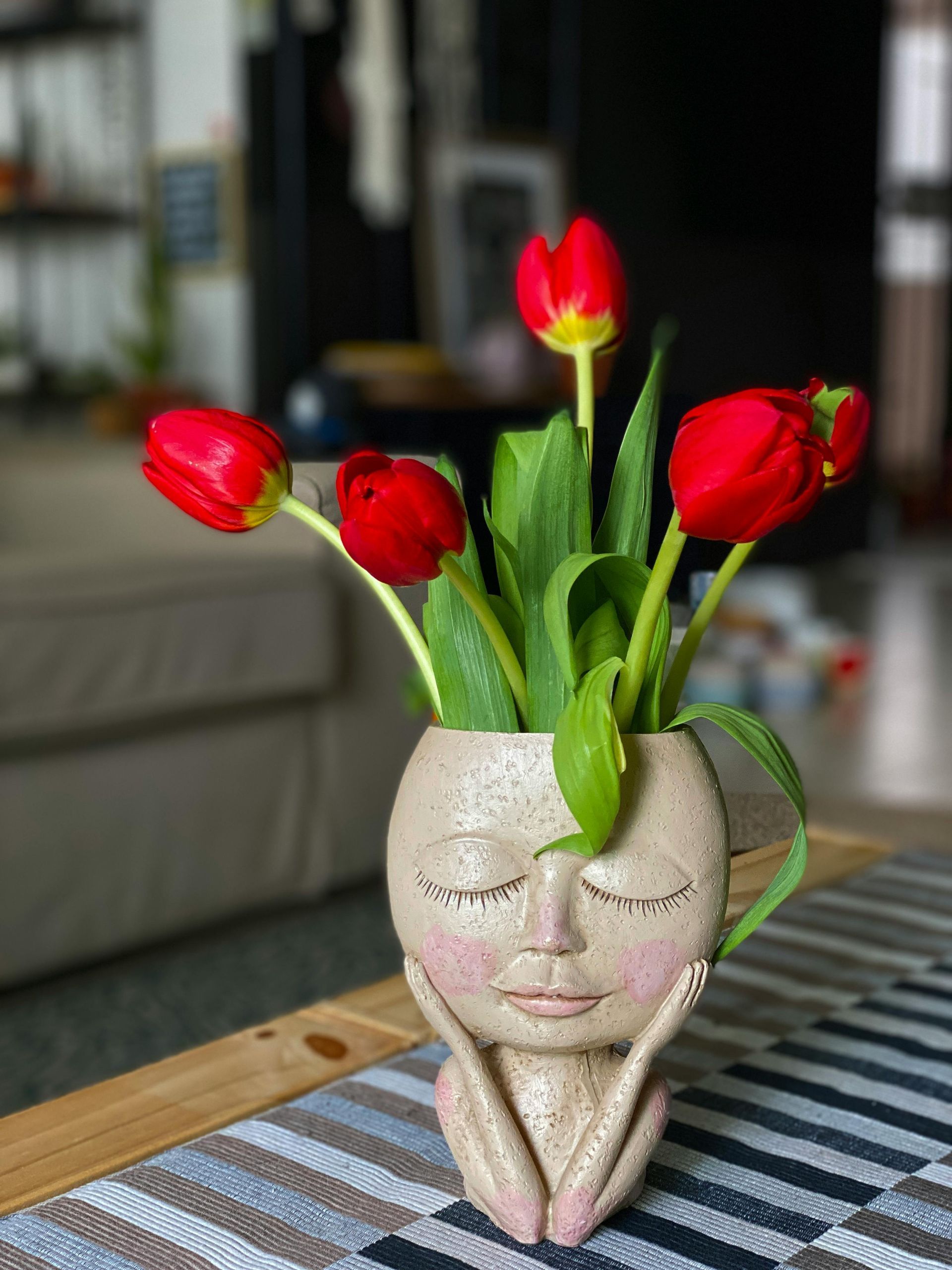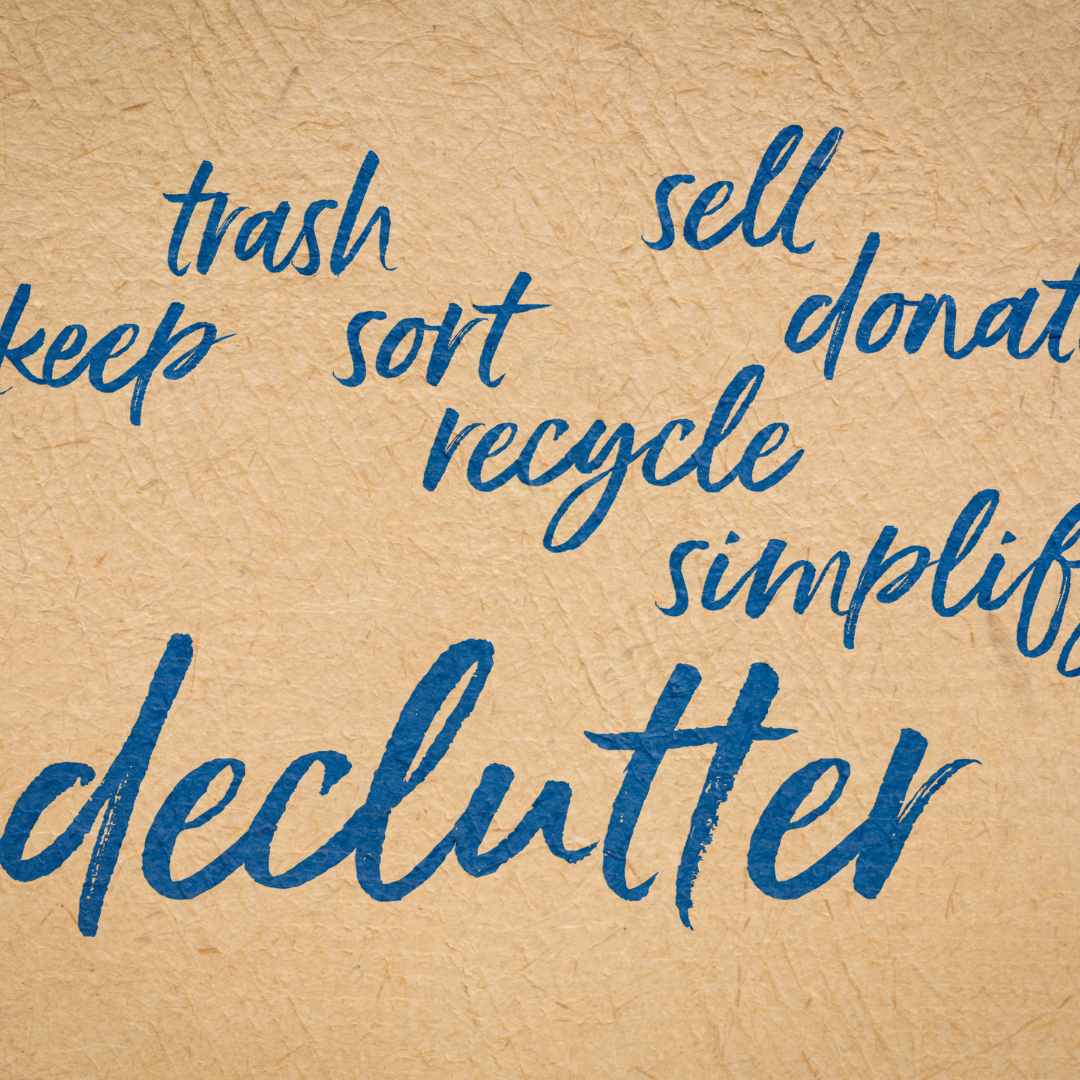Mindfulness
Your Mental Health Matters!

We hear a lot about the benefits of “Mindfulness”. Being mindful is a great way to take a step back from the stressors in our lives and re-charge.
Mindfulness is the basic human ability to be fully present, aware of where we are and what we’re doing, and not overly reactive or overwhelmed by what’s going on around us. (Resource: mindful.org)
How do I actually do this, you ask?

Stop doing the task that you’re working on. Whether it’s thinking about what you have to do that day, or working on a task. Stop, and dedicate 60 seconds to one of the items below.
- Slow down your breathing, and note that you feel your stomach rising and falling. Your belly should get larger as you take a breath in and smaller as you breathe out.
- Closing your eyes is optional, do whatever feels most comfortable to you and fits the exercise.
- “Mindful seeing”. Look outside or out a window and note what you see with a mindset of curiosity. Note what you see, but stay away from labels like “bird”, “street”, “car” and notice colors, textures, and things like the actions of animals. Be curious, not critical. (Resource: positivepsychology.com)
- 60 second body scan- Start at your toes and just “notice” how you feel, scanning your way up to your scalp. Focus your attention slowly and deliberately on each part of your body, in order. Be aware of any sensations, emotions or thoughts associated with each part of your body. Notice subtle body sensations such as an itch or tingling and let the sensations, emotions and thoughts pass, without judgment.
- Walking meditation. Find a quiet place 10 to 20 feet in length, and begin to walk slowly. Focus on the experience of walking, being aware of the sensations of standing and the subtle movements that keep your balance. When you reach the end of your path, turn and continue walking, maintaining awareness of your sensations. (Resource: mayoclinic.org)
- Pay attention. It's hard to slow down and notice things in a busy world. Try to take the time to experience your environment with all of your senses — touch, sound, sight, smell and taste. For example, when you eat a favorite food, take the time to smell, taste and truly enjoy it. (Resource: mayoclinic.org)
- Sensory—Notice sights, sounds, smells, tastes, and touches. Name them "sight," "sound," "smell," "taste," or "touch" without judgment, and let them go. (Resource: Fairview.org/EAP)

Once you’ve mastered 60 seconds, try bumping it up to 3 minutes at a time, or even longer. Take a quiet mindfulness break several times during the day. There are many ways to practice mindfulness and this is just a start!
Hornig Companies values you and your mental health. Take care of yourself!













